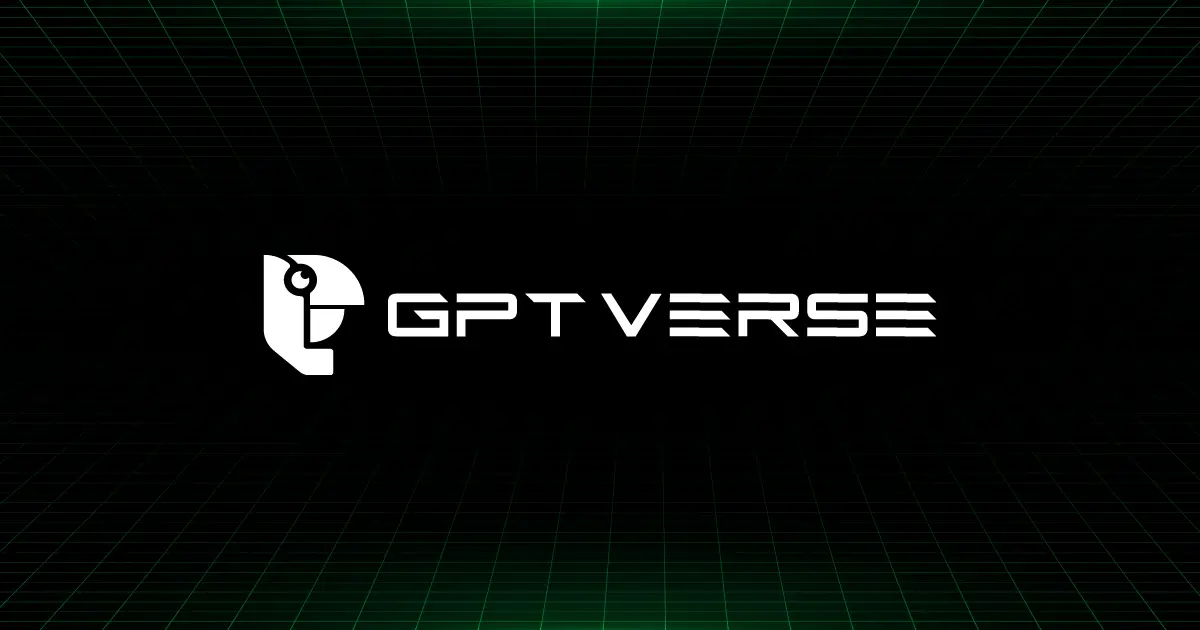Critical infrastructure refers to the systems and networks that are essential to the functioning of modern society. This includes sectors like energy, transportation, communications, and more. As these systems become increasingly reliant on digital technologies, the risk of cyberattacks grows. With society so dependent on continuous, uninterrupted operations, protecting critical infrastructure from cyber threats is a top priority. This comprehensive guide outlines multi-layered strategies organizations can implement to strengthen their cyber defenses.
Developing a Robust Cybersecurity Strategy
The first and most important step is creating a thorough cybersecurity strategy. This foundational document should address prevention, detection, response, and recovery across all operational technology environments. The strategy must be tailored specifically to each organization’s unique risks and needs. It should establish clear security policies, define roles and responsibilities, and outline procedures for identifying and mitigating threats. Most importantly, the strategy needs to be a living document – regularly reviewed and updated to stay ahead of evolving dangers.
Performing a Risk-Based Assessment
To prioritize efforts, organizations must perform in-depth risk assessments. These identify the systems, assets, and networks most critical for operations as well as potential vulnerabilities. Assessments should consider a wide range of threats, from insiders and outsiders to natural disasters. They must also evaluate potential impacts like loss of life, service disruptions, environmental damage, and economic costs. With a clear understanding of risk, limited resources can be allocated most effectively.
Implementing Strong Access Controls
Access controls form the backbone of critical infrastructure security. Role-based access restriction ensures only authorized individuals can access sensitive systems and data. Multi-factor authentication adds an extra layer of verification for high-risk accounts. Activity monitoring helps detect unauthorized access attempts or anomalous behavior. Controls must be carefully integrated with other defenses like intrusion prevention. Regular reviews keep policies and configurations optimized over time. Together, proper access controls significantly raise the bar against potential intruders.
Segmenting Network Infrastructure
Network segmentation, or dividing systems into logical zones, is another foundational strategy. Isolating operations technology from information systems prevents lateral movement if one segment is breached. Zones can also be established by function, location, or criticality to contain impacts. Tightly controlling communication points between segments through firewalls and other tools blocks the spread of malware or attacks. This “defense-in-depth” approach makes it much harder for adversaries to disrupt operations.
Leveraging Threat Intelligence
Threat intelligence, or collecting and analyzing intelligence on emerging dangers, is another important layer. Monitoring dark web chatter and cybercriminal forums helps identify vulnerabilities before they are actively exploited. Intelligence also provides valuable context for investigating incidents and strengthening defenses. Sharing indicators of compromise through information sharing programs allows organizations to rapidly update protections. Continuous intelligence assimilation keeps security posture optimized against the evolving threat landscape.
Establishing Robust Incident Response
Even with proactive defenses, breaches may still occur. That is why incident response planning is so critical. Response teams must be properly trained and prepared to quickly contain, eradicate, and recover from incidents with minimal disruption. Well-designed playbooks outline responsibilities, communication protocols, and technical procedures. Regular tabletop exercises test capabilities and identify gaps. After any real incident, lessons learned are incorporated to strengthen plans for future response and recovery. A swift, coordinated response is key to minimizing impacts.
Implementing a Multi-Layered Defense Strategy
While each strategy provides value independently, maximum protection comes from an integrated, multi-layered approach. Access controls, network segmentation, threat intelligence, and incident response work synergistically to secure critical infrastructure at each point of the cyber kill chain. No single control can block all threats, so layering complementary defenses creates redundancy. If one layer is bypassed, subsequent layers still prevent total system compromise. With diligent implementation and maintenance of a robust, adaptive security program, organizations can significantly strengthen protections for our digital lifelines.
Developing a Strong Security Culture
Beyond technical controls, building a culture of security awareness and responsibility is also vital. All personnel, from executives to frontline workers, must understand basic cyber hygiene and their role protecting systems. Targeted training programs keep everyone informed of the latest threats and teach them to identify and report suspicious activity. Leadership sets the tone through visible commitment and accountability. Together, these efforts foster an environment where security is a top priority and shared responsibility across the organization.
Collaborating through Information Sharing
No single entity can defend critical infrastructure alone against sophisticated cybercriminals and nation-state adversaries. That is why collaboration through information sharing is so important. Operators participate in sector-specific and government initiatives to anonymously provide and receive indicators, vulnerabilities, and threats. Timely sharing allows detection and prevention techniques to rapidly propagate across similar organizations. Partnerships with cybersecurity companies and research organizations also strengthen shared defenses. Open collaboration, when done securely and legally, multiplies protection for everyone.
In Summary
With society increasingly reliant on digital operations, cybersecurity for critical infrastructure has never been more important. This comprehensive guide outlined strategies any organization can implement as part of a proactive, risk-based program. From developing strategy to collaborating with partners, a multi-layered approach is needed to counter today’s advanced threats. While zero risk may not be possible, following industry-proven best practices significantly raises the bar against disruption. With diligent effort, we can work to secure our digital lifelines and the continuous operations upon which modern life depends.



